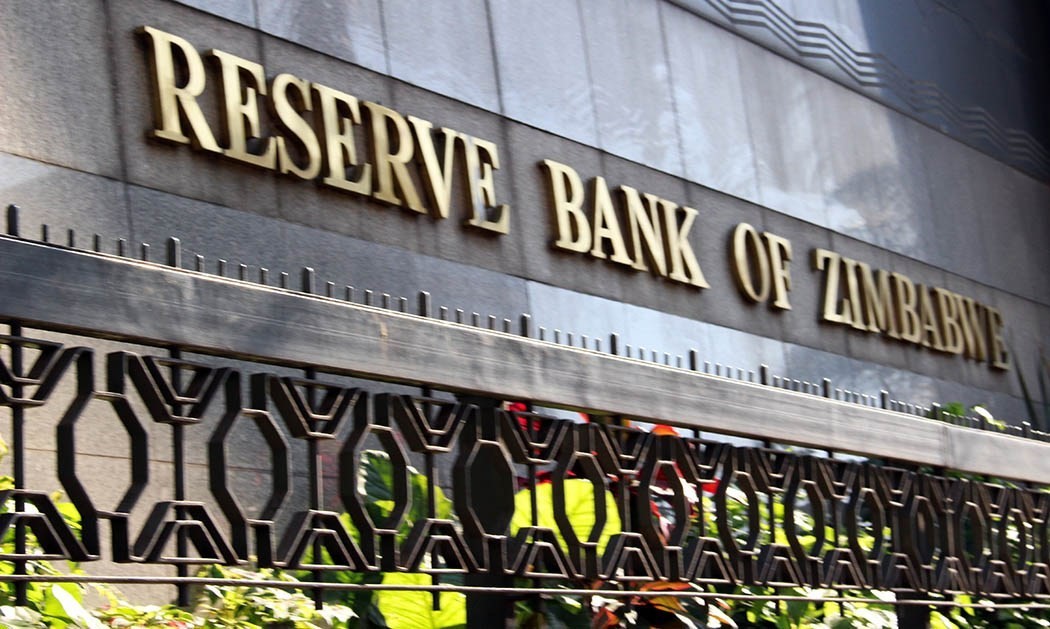
BY MTHANDAZO NYONI
ZIMBABWE’S microfinance industry recorded improved retained earnings with an aggregate profit of $1.03 billion for the period ended 30 June 2021, compared to $372.32 million for the corresponding period in 2020.
According to the Reserve Bank of Zimbabwe (RBZ) microfinance quarterly industry report, the increase was largely attributed to cost containment measures adopted by some of the microfinance institutions.
This is evidenced by the improvement in the average operational self-sufficiency ratio from 142.00% as at June 2020, to 187.22% for the period ended 30 June 2021, against the international benchmark of 100%.
“The improvement in the operational self-sufficiency (OSS) ratio indicates the impact of cost cutting measures which include reduction in branch network, and an improvement in the income generation capacity of the microfinance institutions in the wake of relaxation of the national Covid-19 lockdown restrictions,” the report reads in part.
In the period under review, the credit-only microfinance sub-sector recorded an increase in aggregate net profit of $1,11 billion.
The credit-only microfinance institutions subsector was considered operationally sustainable with an average OSS ratio of 195.68% for the review period, up from 137.16% recorded in the comparative period last year, against the international benchmark of 100%.
The deposit-taking microfinance institutions (DTMFI) subsector reported an aggregate loss of $69.72 million, compared to a profit of $119.78 million during the comparative period in 2020.
- Chamisa under fire over US$120K donation
- Mavhunga puts DeMbare into Chibuku quarterfinals
- Pension funds bet on Cabora Bassa oilfields
- Councils defy govt fire tender directive
Keep Reading
Only three institutions reported profits for the period under review.
“The losses emanated from the other three institutions which are still struggling to mobilise critical mass, while operating costs continue to increase,” the report says.
The OSS ratio significantly dropped to 86.52% in the review period from 241.80%.
RBZ said out of the six operating DTMFIs, two institutions were yet to break even since inception in 2018, whilst one institution resumed operations in November 2020, following upliftment of curatorship on 30 September 2020.
The losses are largely driven by lack of critical mass in generating meaningful business, which has also been worsened by the negative impact of the Covid-19 pandemic on the institution’s business operations, it said.
The microfinance sector recorded a significant increase in total loans from $3.10 billion as at 31 March 2021, to $3.97 billion as at 30 June 2021 representing a growth of 28.06%.
“The growth was attributed to increased demand for loans by low-income households seeking to supplement their disposable incomes and cushion themselves against the effects of the Covid-19 pandemic induced national lockdown,” RBZ said.
The average loan size per borrower increased by 26.02% to $12,840,788 in line with inflationary pressures in the economy.
As at June 30, 2021, the microfinance industry continued to be dominated by a few institutions with top 20 microfinance institutions accounting for 81.25% ($3.22 billion) of the total industry loans.
During the quarter under review, the credit-only microfinance sub-sector recorded a 45.08% increase in total loans from $2.65 billion as at March 31, this year, to $3.37 billion. Twenty credit-only microfinance institutions accounted for 78.78% of the total sub-sector loans of $3.37 billion.
During the period under review, loan size per borrower in the credit-only microfinance sub-sector increased from $11,284.24 to $14,761.29, reflective of the inflationary environment.
The DTMFI sub-sector reported a 47.62% increase in loan portfolio of $667.86 million and the increase was largely driven by increased business from micro, small and medium enterprises as well as individuals, following relaxation of the Covid-19 lockdown restrictions.
The deposit-taking microfinance subsector’s total loan portfolio of $667.86 million accounted for 19.84% of the total microfinance sector loan portfolio of $3.96 billion.










